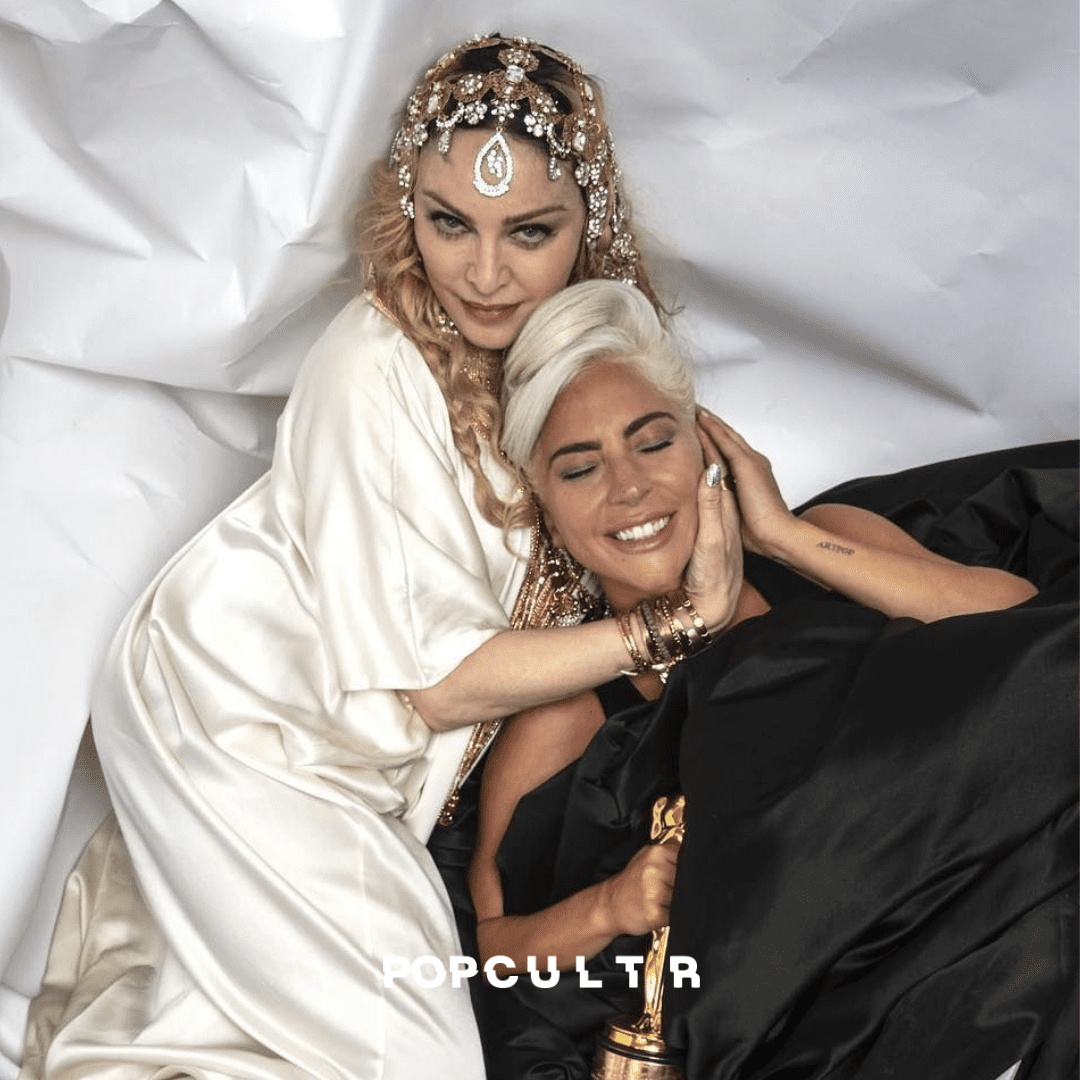Many facets of Indian culture have been inspired by interactions with the Middle East, including fashion, with modern designers continuing to be influenced by historical sartorial ties. The loose-fitting, pleated pants known as shalwar and the tunic known as kameez are essential components of both men’s and women’s fashion in the Indian subcontinent.
The attire, which many people see as traditional and daily wear, has its roots in the Middle Eastern influences that the Mughals, who reigned over India during the 16th and 19th centuries, gave to the country. The Muslim dynasty of the Mughals, who had ancestral lands in Central Asia, brought with them cultural aspects that they had appropriated from the Arabs, Persians, and Ottomans. These components were eventually adopted, modified, and further developed by Indians.
The most popular shalwar designs in India include thin ankles or ankle cuffs, which are very similar to the classic designs of women’s pants known as sirwal in Arabic and popular throughout the Gulf states. The dishdasha is an ankle-length robe with long sleeves that is worn by both men and women in the Arabian Peninsula, and the kameez is similar to it.
The Indian scarf, or dupatta, completes the trouser-and-tunic ensemble and is often worn as a face veil by women in some regions of the nation. “Some of the basic day-to-day dresses like shalwar, kameez and dupatta came with the Mughals,” said Debanjana Paul, a fashion designer based in New Delhi. “And Mughals have their cultural bases in the Middle East, Turkey, and the Arab world.”
However, before the Mughals, commerce along the Silk Roads, where in addition to the major product — spices — other items, such as cloth, moved as well, had already established the Indian subcontinent’s interactions with the Middle East. Muslin, a fabric so light that poets on the subcontinent have referred to it as “woven air,” is one of the most popular fabrics in India.
Although the delicate fabric’s production was for many years concentrated in the subcontinent, it did not originate there. It was initially produced in the Middle Ages in the Iraqi city of Mosul, as its name would imply. Paul, a former employee of an Indian company in the UAE, told Arab News that the Middle East is also where several floral and geometric decoration themes that are particularly common in northern India first appeared.
Some of them have visited their birthplace in a different form hundreds of years later. One such style is the embroidery that can be seen on kaftans, the baggy shirts that serve as the foundation of Arabian design, rather frequently today. “The products I used to design would have lots of surface ornamentation, and these garments used to go to the Middle East,” Paul said. “This is the influence of Indian fashion on the Middle East.”
But there is also evidence of current Indian influence on a different level. Bollywood actors are used by a number of well-known Arab designers, such as Ellie Saab and Zuhair Murad, to advertise their collections.
Aishwarya Rai Bachchan, Priyanka Chopra, and Deepika Padukone have all been spotted wearing their creations frequently.
“Lots of the Middle Eastern brands hire Bollywood celebrities as the face of the brand,” Paul said. “That is again an exchange.”
The relationship is also seen in the numerous fashion events that frequently feature Indian designers and draw sizable crowds across the Middle East, particularly the Gulf area. “Most Indian designers have stores in Dubai and they cater to the local market,” said Swati Ubroi, a designer from Jaipur who regularly sells her heavily decorated bridal and occasion wear to the UAE.
She thinks that the Middle East and India’s fashion scenes would be lacking if there had been no mutual impact between them. “Long tunics that are worn in the Middle East find space in the Indian fashion industry. Indian embroidery finds space in the Middle East,” she said. “There are lots of common things.”
Middle Eastern and Indian fashion are complementary, according to Swarna Gupta, who owns the Paridhan shop in Jaipur and distributes her creations in Dubai. “Inspiration comes effortlessly from the Middle East,” she said. “Both India and the Middle East are generally conservative societies where women want to look feminine while expressing their style appropriately.”


